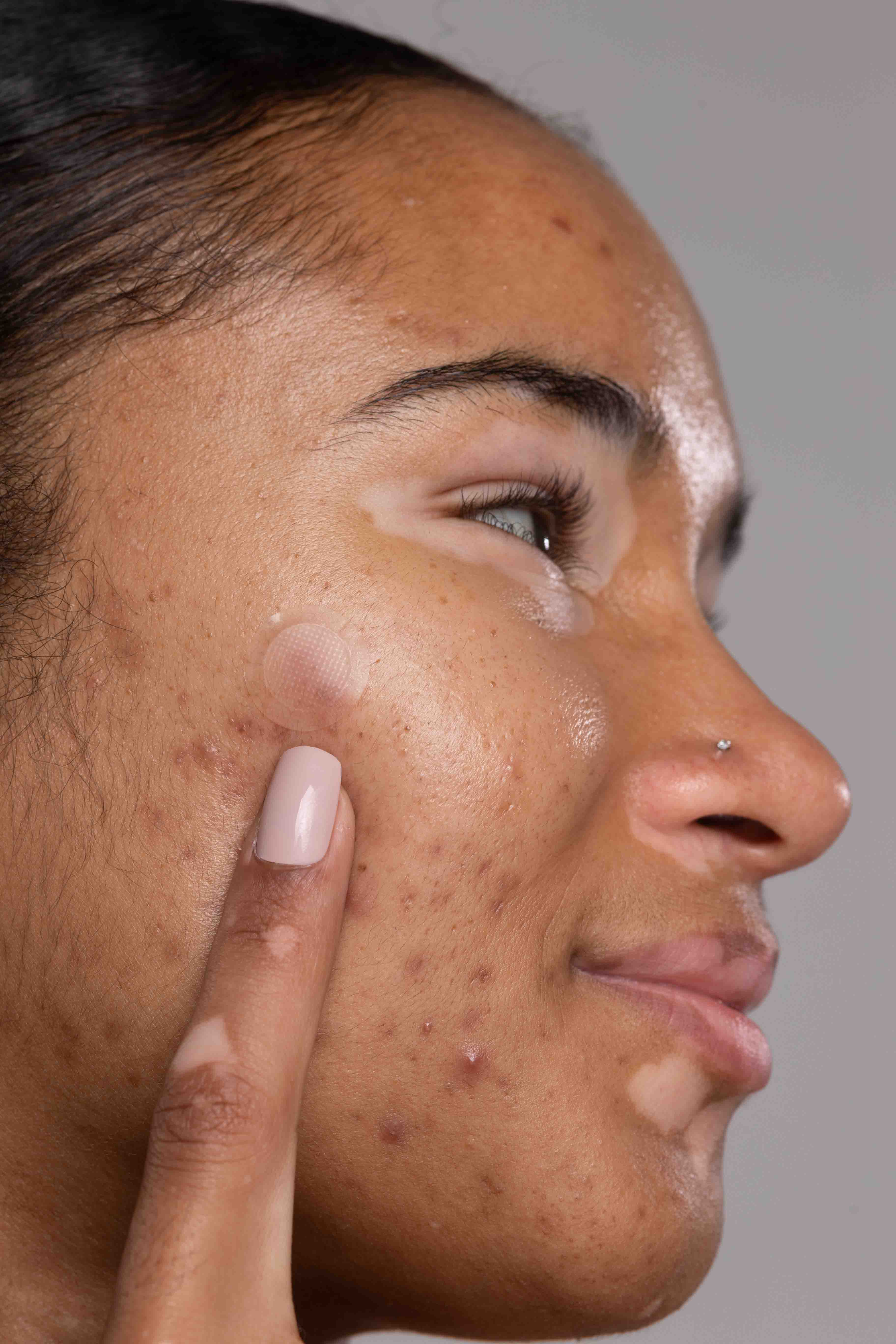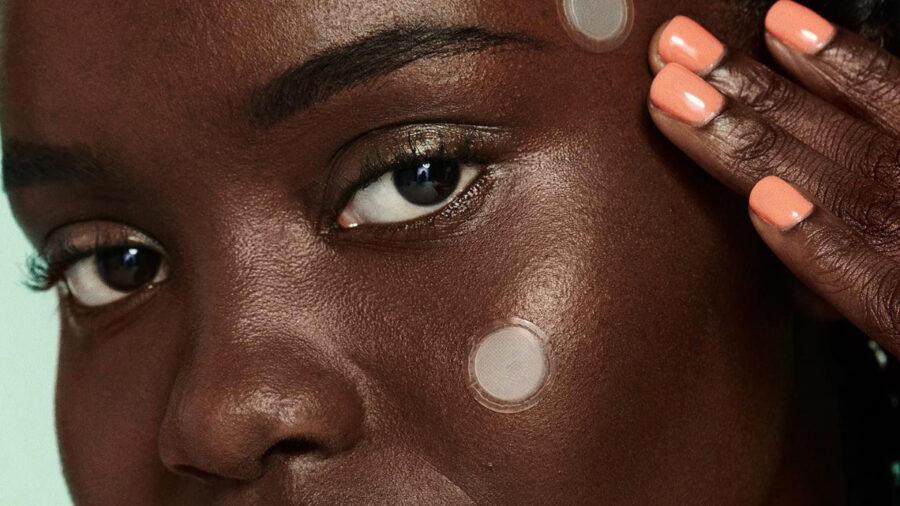Gone are the days when a pesky pimple meant piling on concealer or strategically hiding it with bangs. Enter the breakthrough skin care innovation: pimple patches. These small but mighty stickers are designed to tackle acne in a way that is not only effective but also surprisingly fashionable. But pimple patches really work? And if so, how? Let’s take a look at everything you need to know about this skincare phenomenon: from how they work, to their benefits and tips for using them effectively.
What are pimple patches?
At their core, pimple patches are small self-adhesive stickers specifically designed to target individual blemishes. By covering the pimple, they create a protective barrier that prevents dirt and bacteria from irritating the skin. Most plasters are made of hydrocolloid, a moisture-absorbing material traditionally used in wound care.
But these patches do more than just protect your skin; they actively promote healing by removing excess moisture, oil and impurities from the stain. Some versions even contain additional ingredients like tea tree oil or salicylic acid, which help fight bacteria and reduce inflammation. Whether you’re dealing with a stubborn whitehead or a painful cyst, there’s likely a pimple patch tailored to your needs.
How do pimple patches work?
The magic of these patches lies in their science. Most, especially hydrocolloid, create a moist environment around the stain, which helps speed the healing process. Here’s a closer look at how they work:
- Absorbing impurities: When the hydrocolloid material is applied to a pimple, it draws out pus, oil, and other fluids, leaving the skin cleaner and less inflamed.
- Skin protection: The patch forms a physical barrier, protecting the pimple from bacteria, dirt, and even your own hands (no more picking!).
- Reduce redness: By keeping the area hydrated and preventing irritation, the patches can help reduce swelling and redness, making blemishes less noticeable.
These benefits make patches an excellent option for treating active pimples, especially fluid-filled pimples such as pustules or papules. However, they are less effective on blackheads or deep, subcutaneous cystic acne.
Do pimple patches really work?
Yes, pimple patches do work, but their effectiveness largely depends on the type of acne you are dealing with. For surface-level pimples, especially those that have already “popped to a head,” these patches can be incredibly effective. Not only do they remove impurities, but they also prevent further irritation and scarring by keeping the area sealed and protected.
That said, it’s important to manage expectations. Although patches are excellent for treating acne, they are not a miracle cure for acne. They don’t address the underlying causes of acne, such as hormonal imbalances or deeply clogged pores. Persistent breakouts require a more extensive skin care routine to address the root problems.
Use pimple patches

Using pimple patches is simple, but a few simple tips can help maximize their effectiveness:
- Cleanse your skin: Always apply the patch to clean, dry skin. Dirt and oil can prevent it from sticking properly and reduce its effectiveness.
- Choose the right size: Pimple patches come in different sizes, so choose one that covers the blemish completely for best results.
- Apply and forget: Leave the patch on for several hours, preferably overnight. It’s time to remove the patch when the patch becomes opaque, meaning it has absorbed moisture.
- Follow up with skin care: After removing the patch, clean the area again and continue with your normal skin care routine to maintain healthy skin.
Following these steps will ensure that the patch works its magic while your skin remains protected and cared for.
Which pimple patches are best?
With so many options on the market, finding the right patch can feel overwhelming. Here are a few popular choices:
- Hydrocolloid patches: Ideal for absorbing pus and reducing inflammation.
- Medicated plasters: Contains active ingredients such as salicylic acid or benzoyl peroxide to fight bacteria.
- Cute shaped patches: Brands like Starface offer playful star-shaped patches that turn acne treatment into a stylish statement.
Are they safe for all skin types?

For the most part, yes! Pimple patches are gentle and suitable for most skin types, including sensitive skin. However, if you are using medicated patches, check the ingredients list for possible allergens or irritants. Also keep in mind that skin that is too oily can make it more difficult for the patch to stick properly.
Conclusion
In the world of acne treatments, pimple patches stand out as a quick, easy, and effective solution for tackling individual pimples. They are particularly effective on fluid-filled pimples, providing protection, speeding healing and acting as a barrier against the temptation to pick, while being discreet enough to wear during the day.
While they’re not a substitute for a full acne-fighting routine, pimple patches are a valuable tool in your skin care arsenal. So the next time a pimple pops up, skip the concealer and reach for a pimple patch instead. It’s not just skin care; it’s self-care.
Whether you’re a power user or new to the game, pimple patches prove that sometimes the best solutions come in the smallest packages.
Shop Editor’s Choice
Featured image: Hero Cosmetics
Follow us on Instagram for the latest news in fashion, lifestyle and culture @StyleRave_
—Read also





